Returning now from co-hosting The Art of Humans Being at the Essex Conference Center and Retreat in Essex, Massachusetts. The subtitle or particular focus of this one was “Explorations in the New Economy.”
I loved working with this team. I learned a lot. I experience with Ria Baeck a calm and clear presence. She has a different relationship to time that seems more grounded. She has deep insights. Susan McHenry was the core caller on this team. She puts her heart fully into everything. It was her conviction and support for this event that was a big part of my saying yes. I learn something important with Judy Wallace each time I’m with her. She has a firm commitment to hearing more, listening longer, and welcoming the sacred. Teresa Posakony and I journey through much together. Our work. Our life. She has a way of bringing play, focus, insight, and direction together. And Essex, the retreat center on Cape Ann is really a spectacular place to hold a group of people in meeting together.
This is the second time that I have co-hosted under this title, a format that Judy and I were part of creating two years ago. It was a different kind of design experience, one that was more emergent. We would host a circle in the morning and then work with what we felt compelled to offer. I particularly liked hosting a money and currency game from that pace of emergence and improv.
The Art of Humans Being format borrows from the traditions of the Art of Hosting, Women Moving the Edge, and the School for Collective Leadership. I love holding as purpose in this format the attention to re-presencing, re-patterning, and re-storying. I love it that we give primary attention to our human beingness so that that can help in the domain of new economies. Lots that I suspect will stay with me.
Ria is putting together a harvest document. I few things that I have to offer to that are here:
– A Wordle image from the circle, “I am living the new story.”
– A video on YouTube from the money game we played (1 minute)
– Photos of flipcharts on Flickr
–Photos of people and place on Flickr
–Audio file of reflective learning from the Essex Currency Game (thanks Carla for recording)
I also offered a Rap poem, Humans Being, Humans Seeing. Those lyrics are here:
Humans Being, Humans Seeing
Tenneson — July 2012
Acknowledge. Celebrate.
Initiate.
Just create something.
Move it forward, toward
Networks. Alliances.
New finances.
Show up. There’s a job.
No robbin’
Each other, humans being.
Humans seeing.
From the heart.
That’s the start.
Complexity. Beyond hexity.
Beyond trances.
Spark, spark, spark, spark.
Hark to the spark.
Isn’t this reasonable!
Clever things for the all of us.
No stall for us,
but a fall for us.
Humans being, humans seeing.
Humans being, humans seeing.
The world is crying for integrity.
Accountability.
People are saying whoa!
Citizens awakening to whoa.
And saying be reasonable
in our season of able.
Any object contemplated upon
opens a new organ of perception.
Humans being, humans seeing.
Humans being, humans seeing.
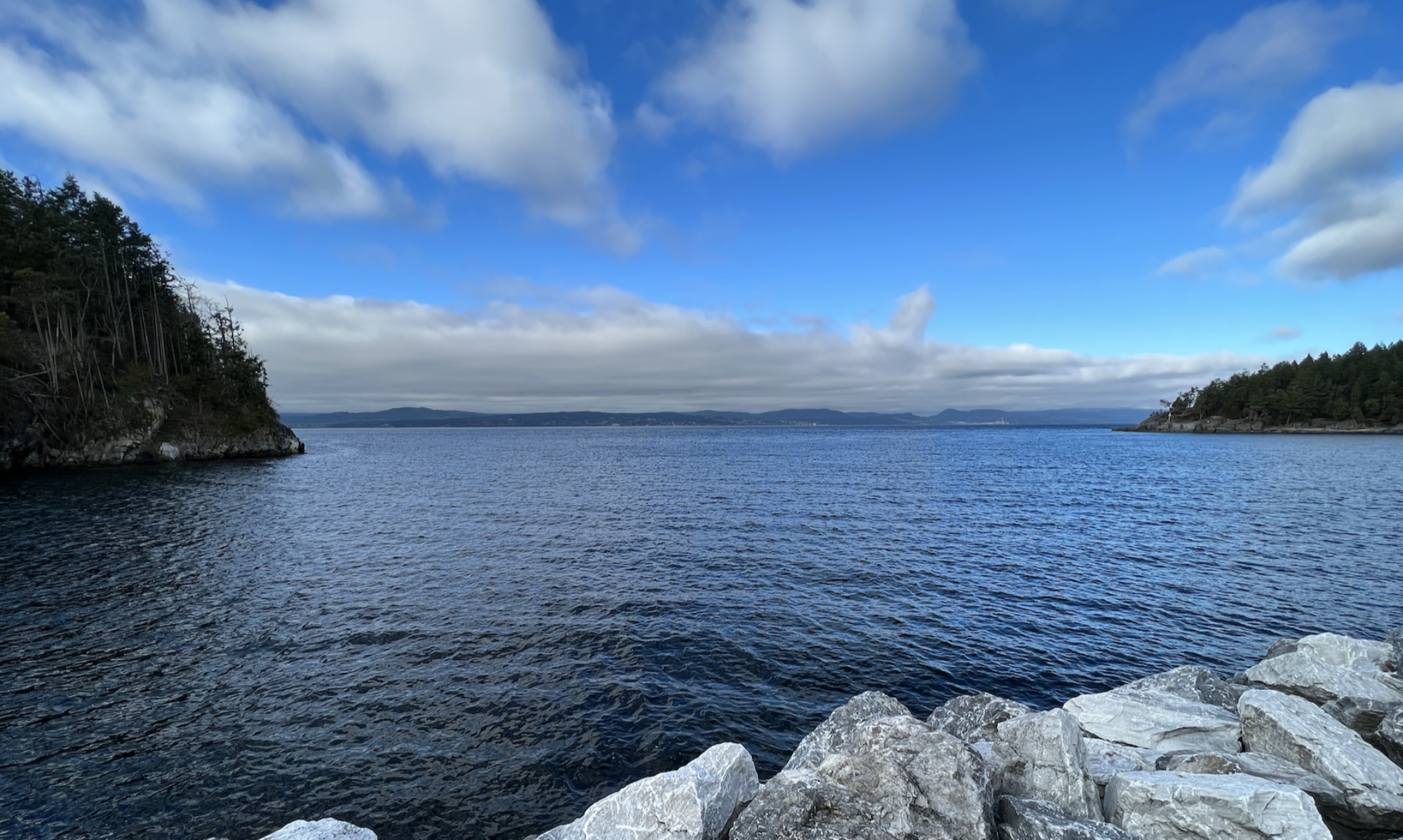
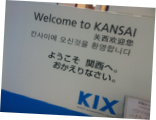 The list is building. Images. Experiences. Conversations. Insights. Questions that get me excited.
The list is building. Images. Experiences. Conversations. Insights. Questions that get me excited. 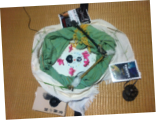 Beauty — This photo is from a center of the meeting room for a
Beauty — This photo is from a center of the meeting room for a 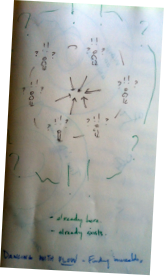 Emergence — This is a model inspired by a conversation that Yuya and I had the first morning. It was one of the conversations that I feel I came to Japan for. Yuya was sharing how the deeper work he is exploring is about flow and emergence. About finding and seeing the invisible. I added a few thoughts about wholeness. This image to the right came to me as I was looking for ways to graphically bridge my ability to speak in Japanese. The inside figures are people that each have questions and insights. The arrows in the middle indicate some of the process of turning to each other. The outside green lines then show a symbol of the whole of that group with insights and questions. They may be similar to what individuals have. But the come from the interact of the group together. I loved our mutual sharing. That energy of the group is already there. It already exists. Through turning to one another, we come to see it.
Emergence — This is a model inspired by a conversation that Yuya and I had the first morning. It was one of the conversations that I feel I came to Japan for. Yuya was sharing how the deeper work he is exploring is about flow and emergence. About finding and seeing the invisible. I added a few thoughts about wholeness. This image to the right came to me as I was looking for ways to graphically bridge my ability to speak in Japanese. The inside figures are people that each have questions and insights. The arrows in the middle indicate some of the process of turning to each other. The outside green lines then show a symbol of the whole of that group with insights and questions. They may be similar to what individuals have. But the come from the interact of the group together. I loved our mutual sharing. That energy of the group is already there. It already exists. Through turning to one another, we come to see it.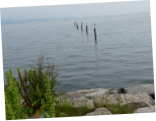 Biwako — Biwa lake has been a home base for me. Aya and Yuya have welcomed us to their apartment home, four blocks from the lake. That apartment has been a home for friendship, sleeping, food, and internet. The lake has been a home early morning quiet, people watching, walking, and jogging. I’ve always appreciated, and needed, spaces outside to help feel grounded. Ah, Biwako, the largest fresh water lake in Japan, has been perfect.
Biwako — Biwa lake has been a home base for me. Aya and Yuya have welcomed us to their apartment home, four blocks from the lake. That apartment has been a home for friendship, sleeping, food, and internet. The lake has been a home early morning quiet, people watching, walking, and jogging. I’ve always appreciated, and needed, spaces outside to help feel grounded. Ah, Biwako, the largest fresh water lake in Japan, has been perfect.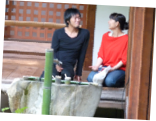 Keninji — This is the oldest Zen temple in Kyoto. The people in this photo are board members from Miratuku. Yukasan, on the right, is one of Bob Stilger’s old soul friends. A fantastic translator also. On the left is
Keninji — This is the oldest Zen temple in Kyoto. The people in this photo are board members from Miratuku. Yukasan, on the right, is one of Bob Stilger’s old soul friends. A fantastic translator also. On the left is  From pal,
From pal,